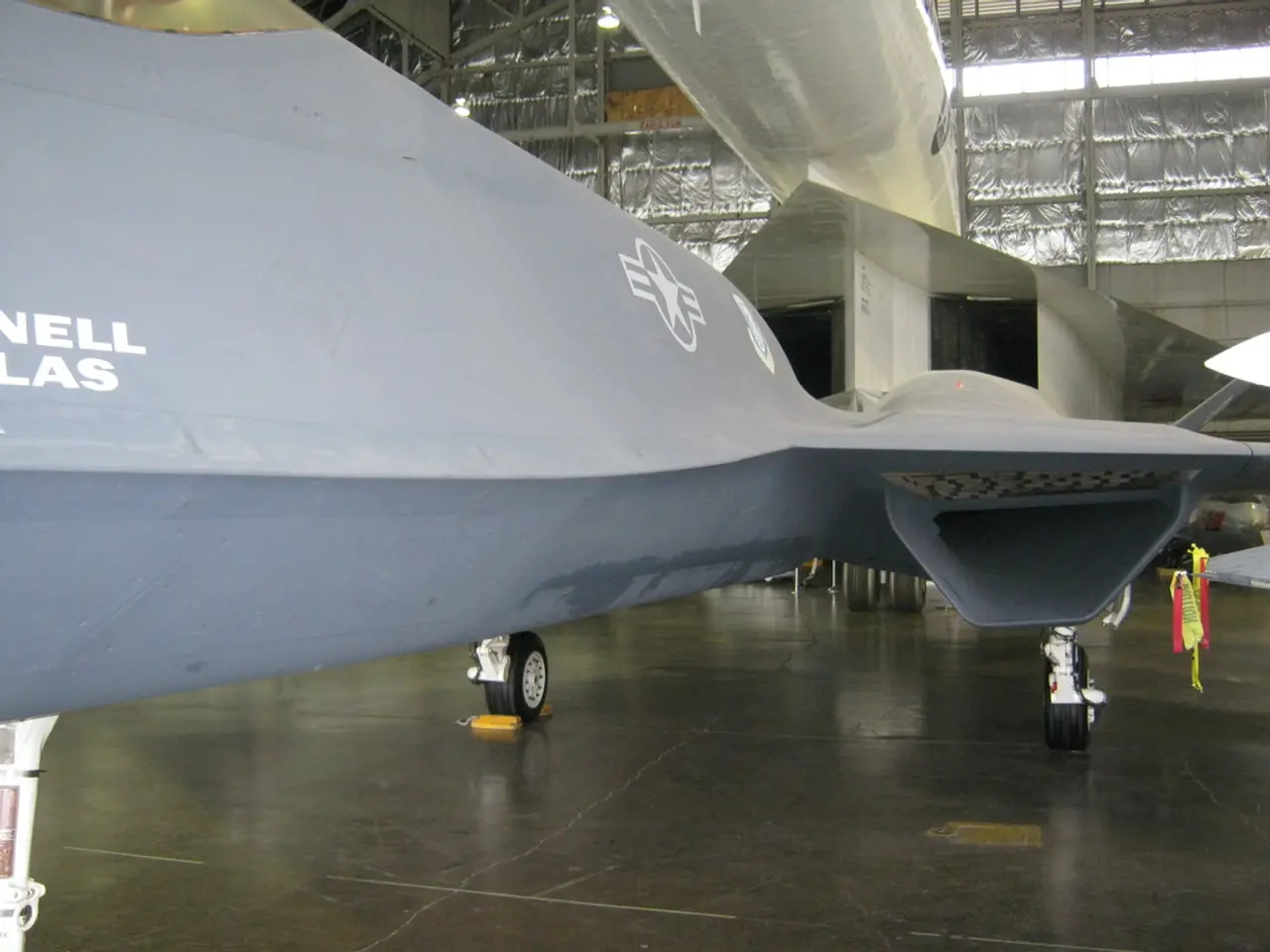Fresh Airline Alliance Declarations Impacting Your Travel Agendas - Insights into Their Implications
In the ever-evolving world of air travel, the latest partnerships and consolidations among airlines are significantly transforming the business travel landscape. These strategic alliances are driving greater connectivity, route flexibility, and enhancing frequent flyer programs, all while generating cost efficiencies that benefit both airlines and travelers alike.
**Increased Connectivity through Consolidation and Partnerships**
Airline consolidation remains a major trend, with mergers and partnerships allowing carriers to expand their networks and offer more seamless connections for business travelers. For instance, the integration of Air India and Astara is a prime example of consolidation enhancing global reach, enabling travelers to access more destinations with fewer transfers and better coordinated schedules. Similarly, airlines like Brussels Airlines (part of the Lufthansa Group) are expanding fleets and capacity through new acquisitions and partnerships to flexibly meet rising demand, further improving route options and connectivity for travelers.
**Enhanced Frequent Flyer and Customer Engagement Programs**
Airlines are increasingly focusing on optimizing customer engagement at every touchpoint by integrating partner networks and systems. This collective approach allows airlines to share data and insights, close service gaps, and provide a more personalized travel experience—factors that greatly benefit frequent flyers through better rewards, upgrades, and tailored services. Improving the customer journey in this way has been shown to increase customer satisfaction and loyalty, which in turn can lead to revenue growth.
**Cost Savings and Operational Efficiency**
Flexible capacity strategies, such as those adopted by Lufthansa and Brussels Airlines, allow airlines to adjust capacity according to seasonal demand, potentially reducing operational costs and preventing overcapacity. These efficiencies can translate into more competitive pricing and better availability during peak business travel periods. Moreover, ongoing industry consolidation can lead to cost synergies that help keep ticket prices more stable despite challenges like fluctuating oil prices and supply chain issues.
**Regional Growth and Economic Factors Impacting Business Travel**
While global demand for air travel remains strong in 2025, regional variations exist. For example, Asia Pacific is expected to see a 9% traffic increase supported by visa relaxations, which benefits business travelers with improved access and more flight options. In contrast, Latin America faces challenges like new VAT proposals that could increase travel costs. Economic slowdowns, especially in the U.S., might temper demand but net profits for airlines are still forecast to grow, suggesting airlines remain financially capable of maintaining frequent traveler benefits and network expansion.
These developments are creating a more efficient, rewarding, and flexible air travel experience for business travelers worldwide. Accessing lounges operated by affiliated carriers enhances your airport experience significantly, with amenities such as Wi-Fi, complimentary snacks, beverages, and quiet areas. More connections mean more chances to experience diverse cultures and landscapes with less time spent in transit, such as increased choices for international flights to Africa.
Travelers can strategically plan their trips to maximize benefits by regularly checking airline newsletters and social media channels for limited-time offers. Over the next few months, more than 30 additional international routes are set to launch as a result of these collaborations. Moreover, more than 15 new codeshare arrangements have been established, expanding international travel options. Data indicates that frequent flyers utilizing these partnerships could see a 20% increase in savings on travel expenses.
Utilizing joint marketing strategies can lead to significant savings and enhanced experiences for travelers, potentially increasing customer engagement by up to 25%. Consumer satisfaction ratings for travelers utilizing combined services have improved by approximately 15% since the inception of many of these contracts. These collaborations enable travelers to connect to over 200 more destinations on a single ticket. In summary, the latest airline partnerships and consolidations are driving greater connectivity and route flexibility, enhancing frequent flyer programs via integrated customer engagement, and generating cost efficiencies that can reduce travel expenses, making business travel more efficient, rewarding, and flexible for travelers worldwide.
1.串联和合并的航空公司,使得航空公司能够扩大其网络并提供更 seamless 航班连接,尤其是给业务旅行者。例如,Air India 与 Astara 的合并是条例在全球范围内扩展 reach 的典型例子,使旅行者能够更少的转机和更好同步的航班安排访问更多目的地。
2.航空公司越来越关注于在每个接触点优化客户关系,通过集成Merge partner networks and systems。这一综合式方法使航空公司能够共享数据和见解,填补服务疏漏,并为旅行者提供更个性化的旅行体验—这些因素对高频飞行者实际上具有巨大优势,因为他们可以获得更好的奖励、升级和 tailored services。改善客户旅行经历的方法可以增加客户满意度和忠诚度,这反观可能导致增加收入。





